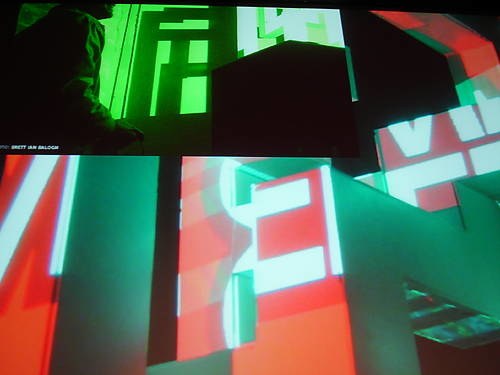Toys are about play, fun, enjoyment, but mainly for kids. Teenagers don't do toys but games, and 'adult toys' conjure up a different context. Toys do start to re-infiltrate the lives of elderly people again, but in a quite instrumental way. Recently in Manchester, UK a playground for elderly people was opened (indeed that beats a stuffy and smelly gym). Also in attempts to counter effects of age dementia, toys are used.
Interestingly, toys haven't changed much over the years. Our idea of what a game is, is totally overhauled by new media, but toys are still pretty much the same as, say, 20 years ago. Toys (judging by what can be found in the shops) have not adopted the possibilites of new media and cheap hardware. They seem to have a kind of conserving bubble around them - why would that be ?
One thing is that the age window to reach kids with toys is shrinking (in sales terms this effect is known as 'time compression') - their play moves over to the screen sooner and sooner in their lives. The average shelf space for a toy in retailers shops is 12 cm. These are big constraints for innovation. And there could also be some kind of implicitly shared nostalgia at play, that makes people look for the play experiences they had as kid, when looking for presents. But all these appear to be more effects than causes.
It really looks like there is a big opportunity for innovative toy designers and new companies, to make stuff that isn't here yet. Artists, designers, geeks, and other makers are very interested in re-designing toys, and do so for instance at Mediamatic (in the Hybrid Toys workshops, but also in the Social RFID Hackers Camp) and at Tinker, in their Toy Hacking workshops.
Interesting approaches and prototypes come out of those sessions, although they seem to primarily fascinate adults.
A fashion designer in the ToyHacking workshop hacked an action figure doll (or was it Barbie's Ken?) and a race car in such a way that turning the head of the doll controlled the speed of the car. Basically, the remote control here became totally part of the play experience - is no longer an interface that acts on a toy, but is a toy itself!
In the SocialRFID Hackers Camp new hybrids were developed between an online social network and the world of toys. The DuckRace allowed your friends in the social network to support your car, increasing its speed by placing and RFID tag that connects to the profile page of the supporter on the race track. Xblocks is a fascinating crossover between lego and a videogame. The player uses blocks to design physical 3d mazes, on which virtual characters have to navigate, and shoot or avoid each other. A common thread here is not only the blurring between physical and digital, but also the blurring between toy and game.
As closing remarks Alexandra offered two alternative design approaches to future toys: First she suggested to take open sourceness to (hybrid) toy design - that would mean documenting design and creation of the toy precisely and publishing that documentation, so that 'everybody' could make the toy, but also customise it. This approach still allows companies to sell the toy, but is open to constant creative innovation at the same time.
Another not unrelated approach could be to not try and design the total play experience, but to come up with a hard-and software platform on which different play experiences can be implemented. Off course this was not Nintendo's intention with the Wii, but it comes quite close to the hackers approach the Wii mote. Also the Swinx kit is a try-out in this direction.




